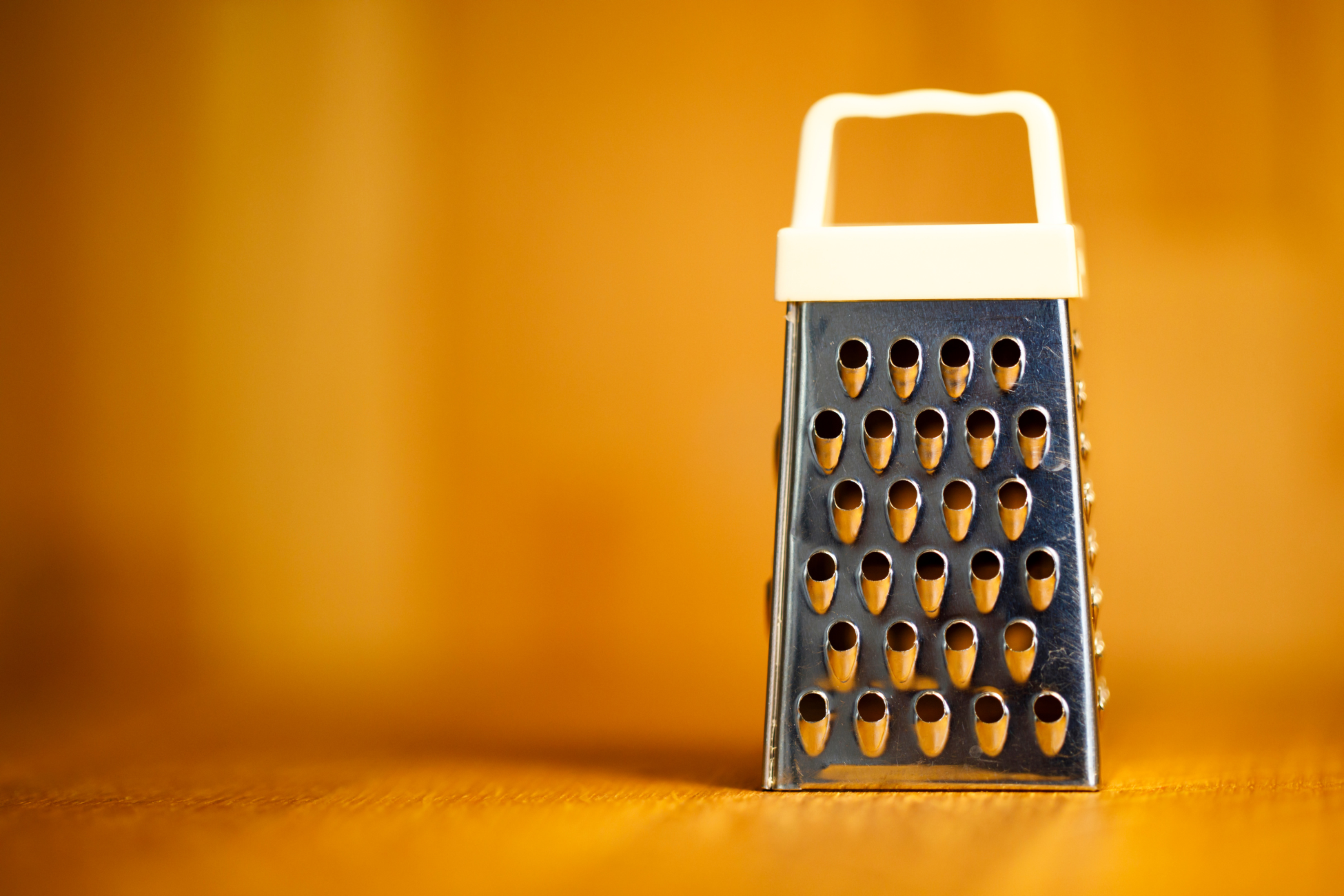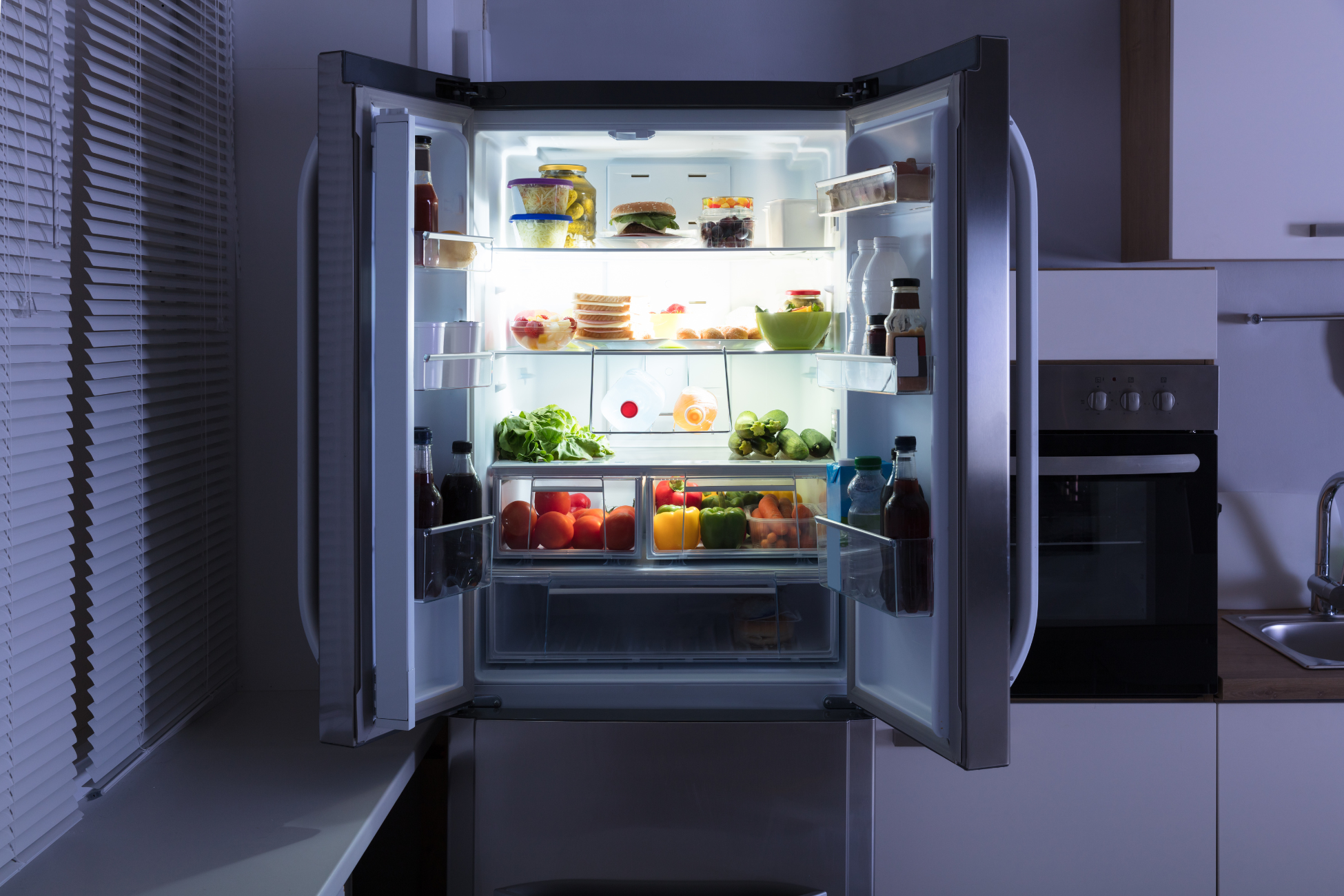Cooking can be a time-consuming and challenging task, but with a few simple kitchen hacks, you can make the process easier and more enjoyable. These hacks will help you save time, reduce waste, and improve your overall cooking experience. Hack 1: Freeze leftover herbs in oil If you have leftover herbs, don’t let them go to waste. Freeze them in olive oil in ice cube trays. This way, you’ll always have fresh herbs on hand when you need them. Hack 2: Use a muffin tin to make individual portions Muffin tins aren’t just for baking muffins. Use them to make individual portions of meatloaf, quiches, and other dishes. This makes meal prep and portion control much easier. Hack 3: Use a pizza cutter to chop herbs Chopping herbs can be a tedious task. Use a pizza cutter to quickly and easily chop fresh herbs like basil, parsley, and cilantro. Hack 4: Use a spoon to peel ginger Peeling ginger can be tricky. Use a spoon to scrape off the skin instead of using a knife. This method is much faster and results in less waste. Hack 5: Use a vegetable peeler to shave cheese Shaving cheese can be a time-consuming task. Use a vegetable peeler to quickly and easily shave hard cheeses like parmesan. Hack 6: Use a Ziploc bag to pipe frosting Don’t have a pastry bag on hand? Use a Ziploc bag to pipe frosting onto cakes and cupcakes. Simply cut a small hole in one corner of the bag and pipe away. Hack 7: Use a slow cooker to make homemade stock Making homemade stock can be a time-consuming task. Use a slow cooker to make homemade stock overnight. This method requires minimal effort and results in delicious, flavorful stock.










